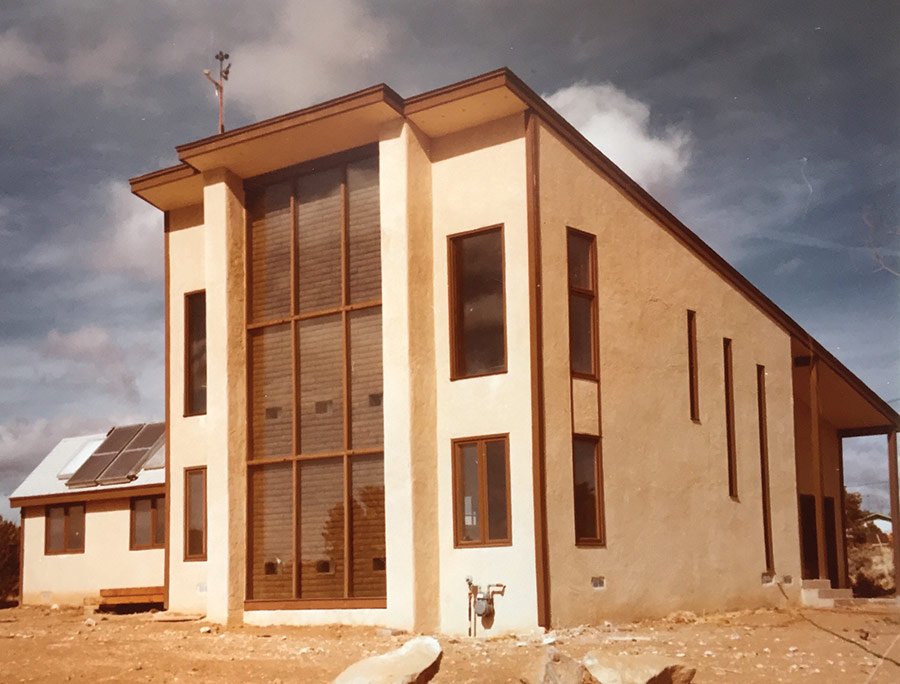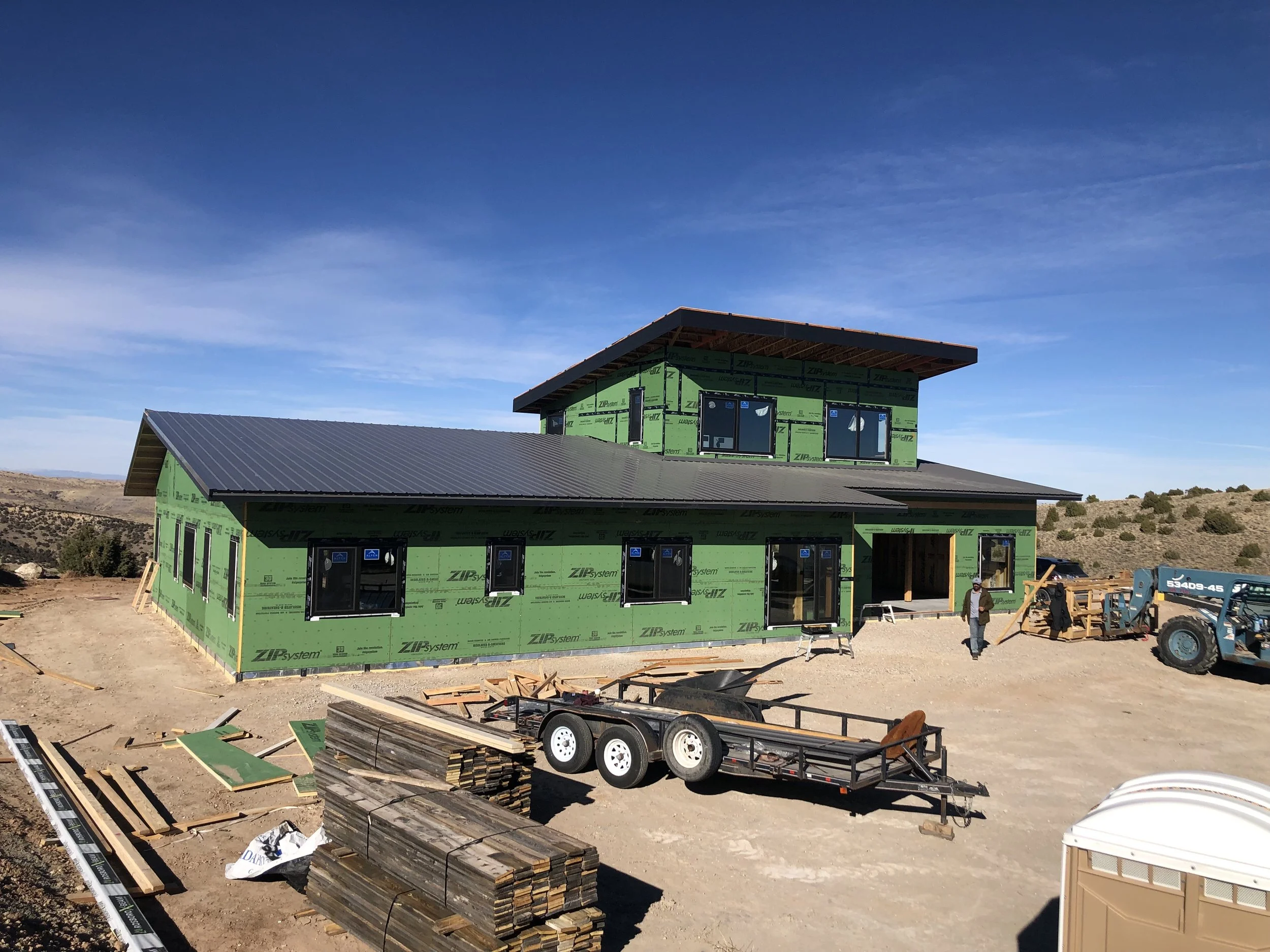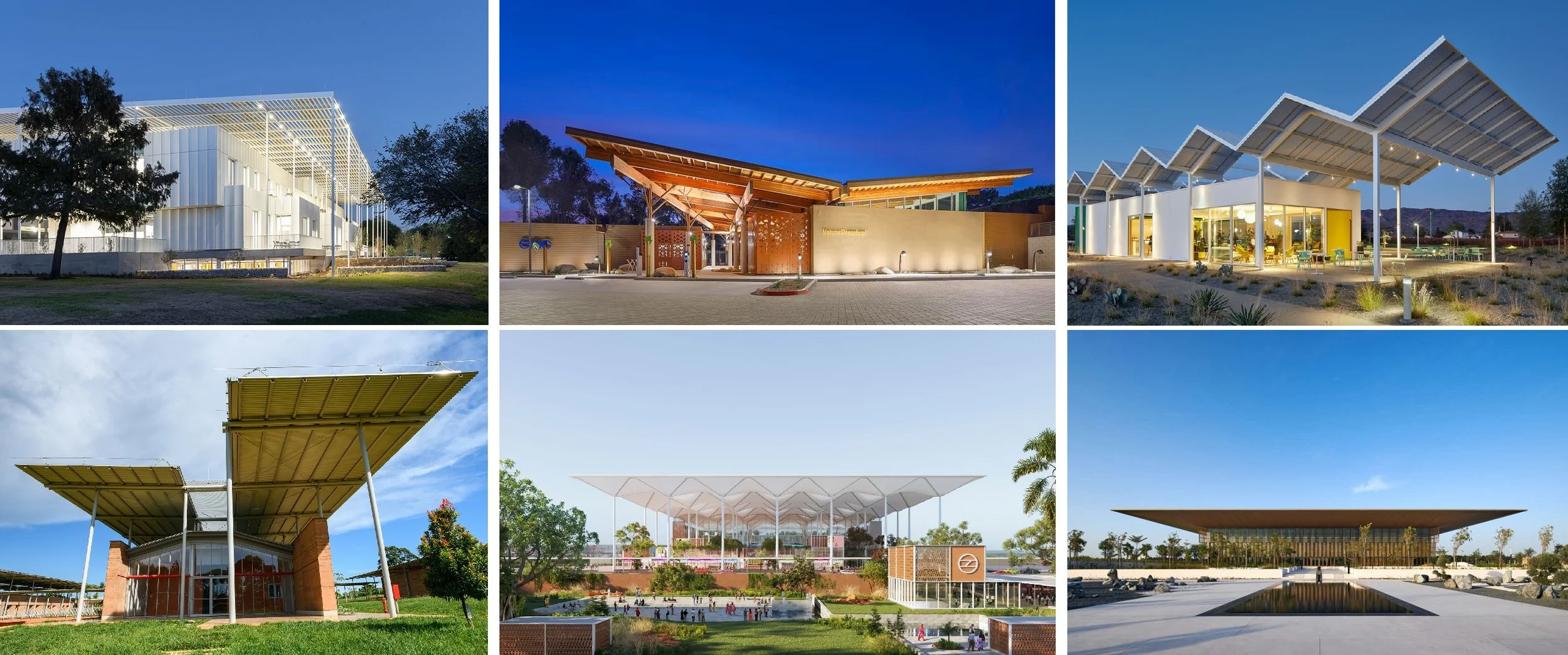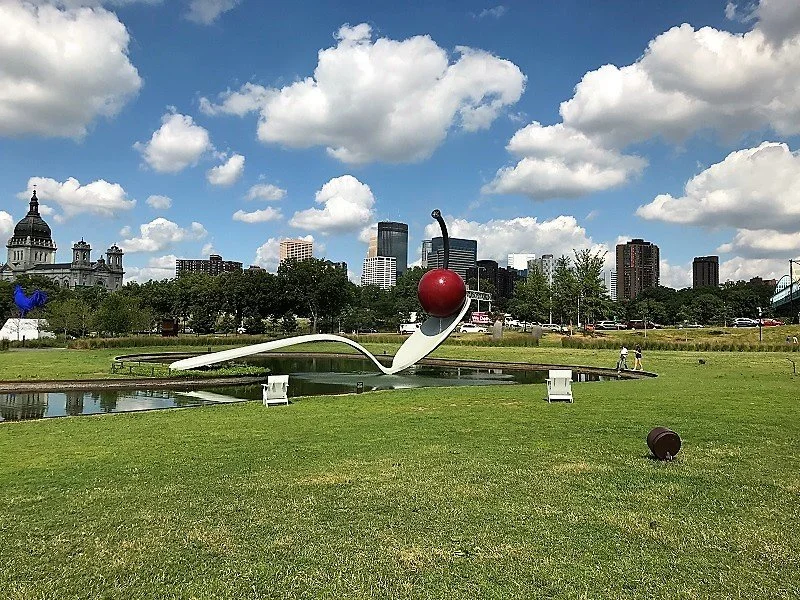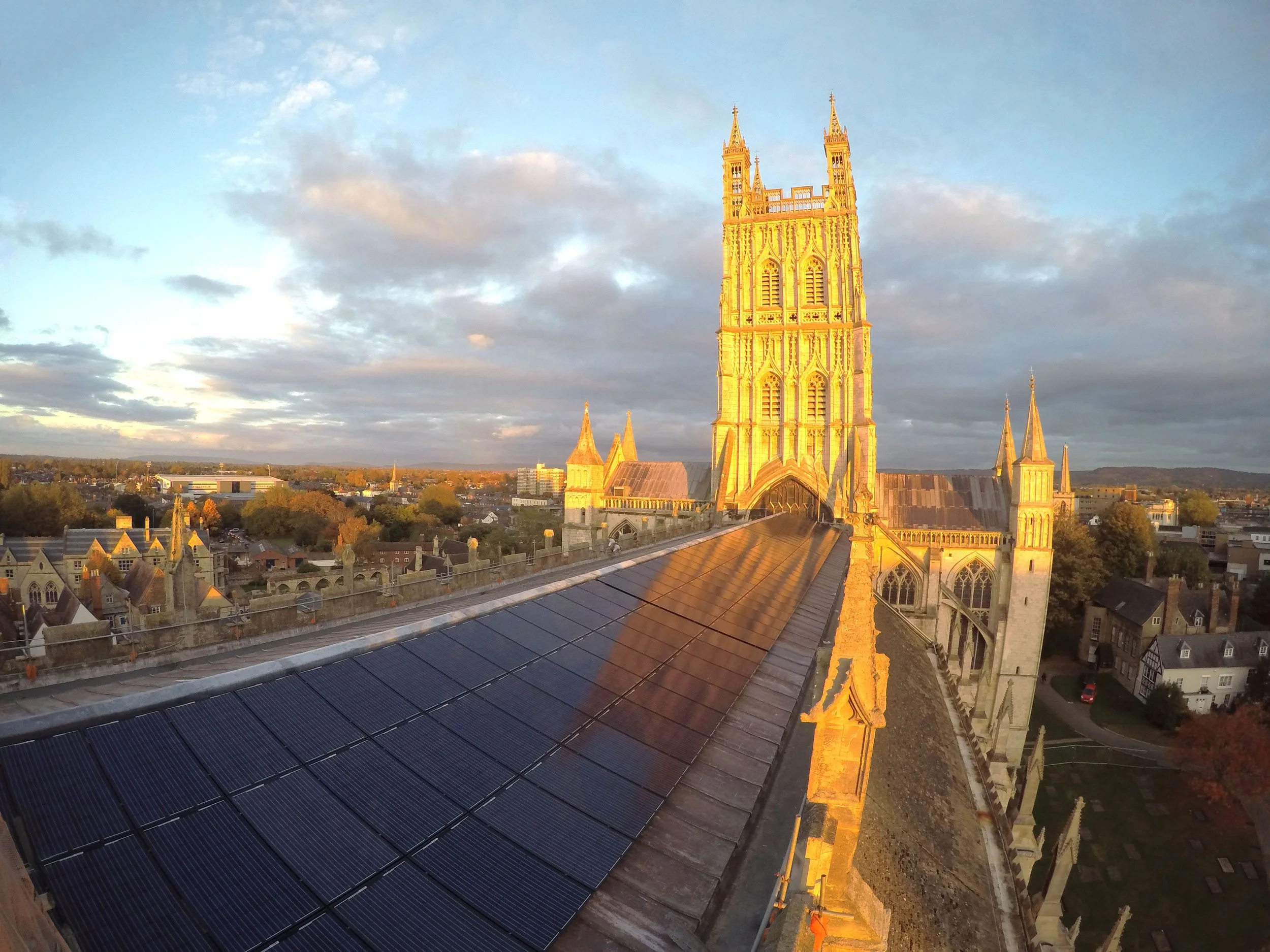The Sun Queen
/Update: You can watch “The Sun Queen”: here
● ● ●
I’m looking forward to “The Sun Queen,” a new documentary which explores the life of Mária Telkes. It will be shown on PBS, April 4. (I was asked to participate in this program, but it did not work out.)
Telkes is a significant figure in my book The Solar House. In it, I discuss in detail the 1948 Dover Sun House, engineered by Telkes with a novel method of attic-level heat storage using barrels of salt, and fan-powered distribution of hot air. It was surely “the most widely-published solar house ever” at the time, I wrote. The book also discusses her fractious relationship with Hoyt Hottel and the solar engineers at MIT.
Dover Sun House, from The Solar House.
Here is a link to the PBS press release. It says, in part:
Completed in 1948, the Dover Sun House was, unlike earlier prototypes, designed to be lived in by a family; that Christmas, the Nemethys, a Hungarian émigré family, moved in. It was soon one of the most famous houses in the country, and Telkes became a media celebrity. The “Sun Queen,” as she was known in the press, fast became the nation’s most visible face of the solar future. That fame, which Telkes leveraged to further the solar cause, came at a cost. The boys’ club at MIT was unimpressed by her latest project and, in 1953, she was fired.
● ● ●
See also:
In the News: The Dover Sun House
Unearthed: Dover Sun House comic





